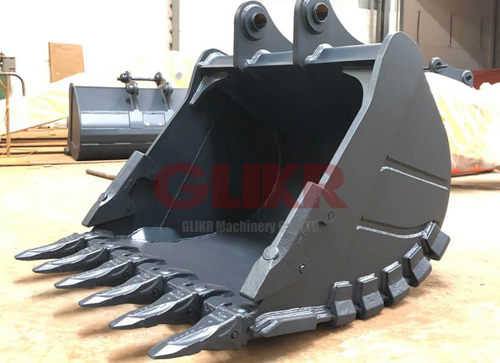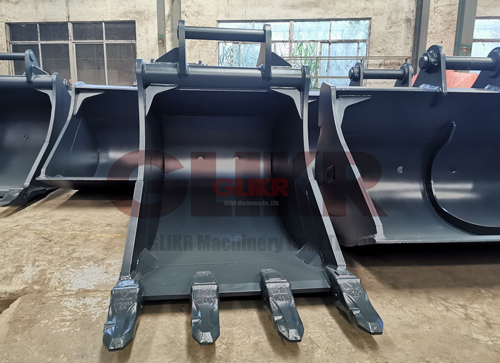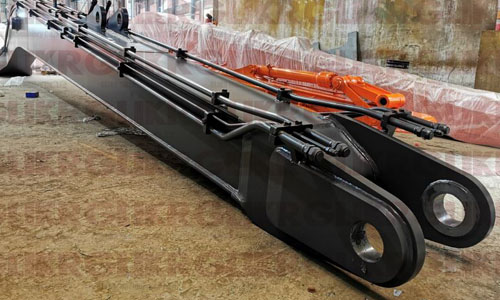HOW TO DETERMINE IF THE EXCAVATOR BUCKET WILL FIT YOUR EXCAVATOR?
All the digging, trenching, scraping, and scraping work performed in an excavator is possible because of the excavator bucket mounted on the end of the excavator's arm. And because every action adds a little wear and tear to the bucket, the bucket always has a limited life span.
If your bucket is about to run out and you're looking for a used excavator bucket to replace it, you may be wondering what to look for in your search. To help you in your search and ensure you find the perfect replacement excavator bucket, we've put together this short excavator bucket buying guide.
Used Excavator Buckets vs. New Aftermarket Excavator Buckets
If you're in the market for a replacement excavator bucket, you'll quickly find that you have a choice between a new aftermarket bucket and a used excavator bucket. If cost is a factor, the advantages of a used bucket are obvious, and since buckets are sold for a variety of reasons, from design changes needed by the operator to a well-used bucket that outlasts the machine, there are usually a variety of buckets available. As long as you know what to search for and how to evaluate storage buckets, there is usually a storage bucket solution that will work well.
To make sure the storage bucket you find is the one you need, here's what you need to look for in your search.
Rock Bucket
How do you determine if an excavator bucket is right for your excavator?
Your excavator is designed for a variety of excavator bucket sizes and weights, but every excavator has an upper limit to the amount of weight at which a bucket can bog down your machine. If you buy a bucket similar to the one you have now, it's generally OK, but watch out for large jumps in size and weight.
Ensuring that the bucket actually fits and mounts to your excavator can be done in two ways: search by make, model, and serial number or search by bucket size.
Finding the make, model and a serial number of your excavator is as simple as going through your machine and matching those specifications to a bucket taken off the same machine. With these details in hand, you can search the database of a reputable dealer or contact an excavator bucket seller.
However, since many storage buckets usually fit multiple machines, you will usually limit your search if you only search for buckets marked for a specific machine. With a few simple measurements, you can usually open up a wider range of available buckets.
To perform a search, you need the size of the pinhole, the distance between the pinholes, the internal width of the lug, and a few other measurements.
Rock Bucket
Check the condition of your excavator bucket
Whether you're searching online or on foot, you'll need to look closely at the condition of the bucket - reputable and organized sellers will always provide pictures. While some rust is usually common, make sure the rust hasn't affected the bucket's structure. If the rust is minor, but you still want the bucket to look new and be better prepared to avoid more rust in the future, you can plan to paint the bucket yourself or ask the seller to refurbish the bucket themselves to save time.
You'll also need to look for cracks and holes in the bucket. If you're comfortable with repairs, you can usually fix the bucket yourself or ask the seller again about refurbishing the bucket. Either way, you should have a clear understanding of the condition of how the barrel will arrive before you buy.
Inspecting excavator bucket teeth
When you inspect a bucket or its picture, you need to look closely at the teeth - to make sure they fit your needs and to consider their condition. Since bucket teeth and bucket edges may be designed differently, you need a bucket that fits your most common jobs (or plan to replace the teeth to fit).
You will often find a variety of tooth conditions in buckets that have been used. Take a look at the teeth and determine if they are excessively worn from your work or if you need to plan to replace them yourself or replace them in the near future.





评论
发表评论